Finding a surefire way to prevent product defects and reduce them to zero is what good dreams are made of, but, sadly, the reality is usually closer to somewhat of a living nightmare for most importers.
The hard truth is that without taking a systematic approach to tackling the production aspect of your supply chain from the very outset it will put your entire operation at risk.
In this post we seek to help outline 7 specific steps that you can take to minimise the amount of product defects that you experience during your entire production process, all in the hope of preventing product defects, but also helping you take a more collaborative approach to dealing with your suppliers.
When things start to go wrong
It may happen that you’ll receive a batch of products with the incorrect dimensions, the wrong color stitching on a couch or become aware that the incorrect tests were done, resulting in non-compliance and regulations not being met.
Meanwhile…
Your shipment is now delayed (or worse), possibly
stuck in customs and the mountain of problems and paperwork just keeps stacking up, a domino effect of production issues with no light at the end of the tunnel.
So, what can you do to prevent product defects all together?
It all starts with these 7 steps:
- Communicating product requirements with your QC staff and suppliers
- Communicating your specific requirements for packaging
- Defining onsite tests and inline tests with your supplier and factory
- Defining your classification terminology with your supplier
- Establishing a perfect sample
- Conducting DUPRO quality control
- Conducting after production quality control
Communicating your product requirements with your QC staff and suppliers can help prevent quality defects
Communicating your product specification with your supplier is essential to safe guarding against product defects.

Product specification can look anything like your products dimensions, the volume, it’s weight, the color and any specific labeling that it may need to meet regulation.
In your specifications you need to ensure that you are as specific as you can possibly be, from specific color palettes to the maximum weight of an electric blender. The more specific you are, the easier it will be for your supplier to meet your specifications.
These specifications will also provide your supplier’s quality control team with a standard/guide to monitor the production of the item appropriately.
This is where the
in-house vs outsourced inspection arguments come in.
You need to establish whether an in-house team is fully capable of conducting all of the appropriate tests and reporting that is needed for your product, or whether it will be of greater benefit to outsource the professional expertise to a third party quality provider.
As an importer, you need to ensure that you are up to date with all the latest regulation that is specific to your product.
Are you?
{{cta(‘37580c78-0398-44e8-8f88-7682a9c94777′,’justifycenter’)}}
Communicate your packaging requirements to Prevent product defects
Your product needs to meet packaging requirements when shipped.
This will often mean that all the necessary documentation will be present and/or visible on the package during the import and export customs process.
You need to specify the packaging requirements and what exactly needs to be present on the outside of the box. This will safeguard against possible damage during shipment, ensuring their safe arrival.
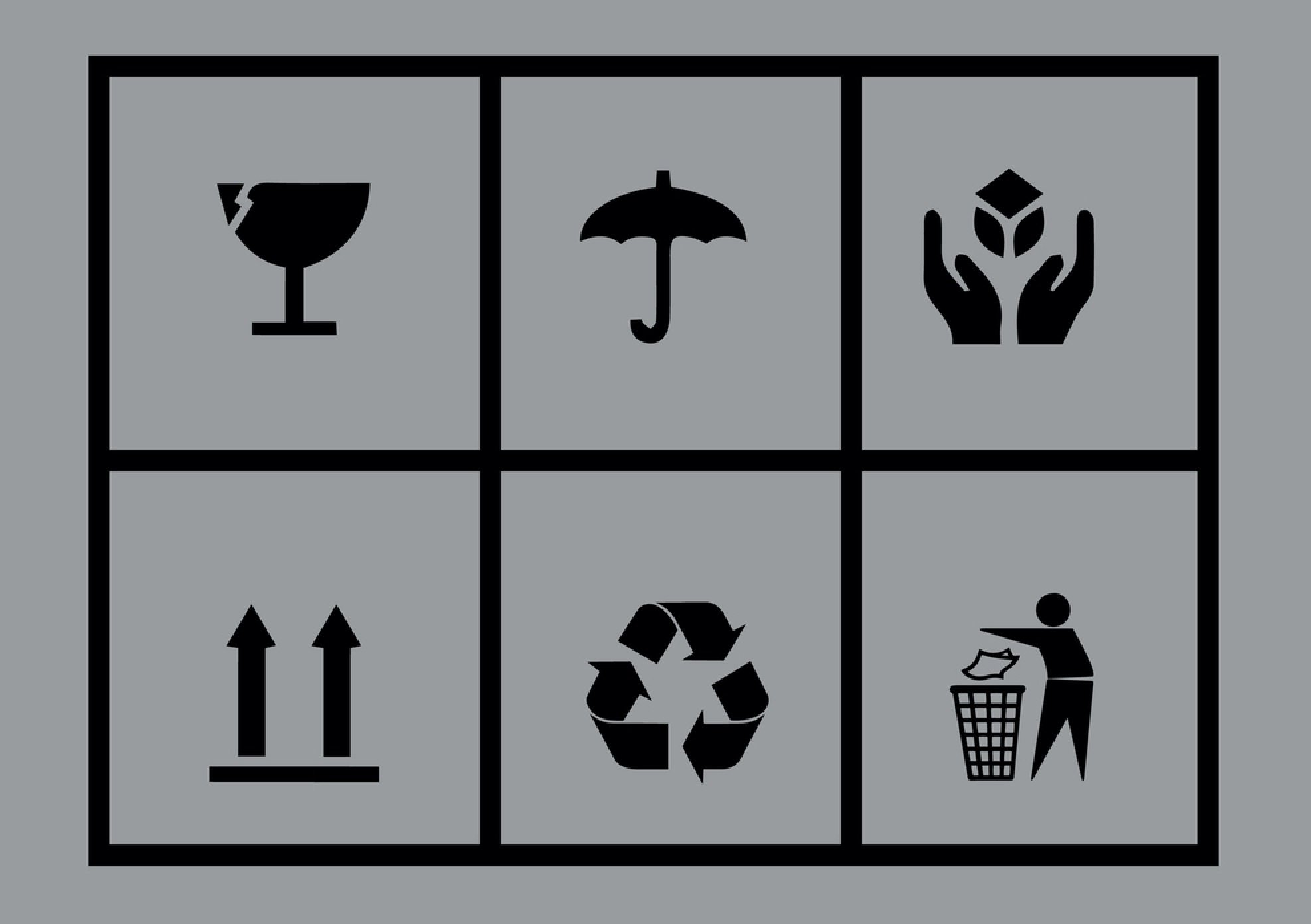
What onsite tests and checks will you be doing?
Your quality control team, whether an in-house or outsourced team, have to be informed about the types of quality tests that need to be conducted on site.
Once you confirm what tests are needed, your inspection team will need to know what testing equipment is needed per product.
An electrical juicer for example will be tested differently to what tests will be needed for other product categories.
If you choose to use an
experienced third party quality provider you will be able to leverage their technical expertise, for example, the exact type of load testing that may be needed for a couch that is destined for the European market.
An experienced third party provider will also have labs with controlled environments and all the right equipment to test your product, along with the constant monitoring of any updates in regulation that you may need to be aware of.
Have you agreed upon the defect classification terminology?
Many importers choose to use the following classification terminology when dealing with their suppliers:
A critical defect – This is defined when the product may cause possible injury or harm to the end user. This product’s safety is compromised.
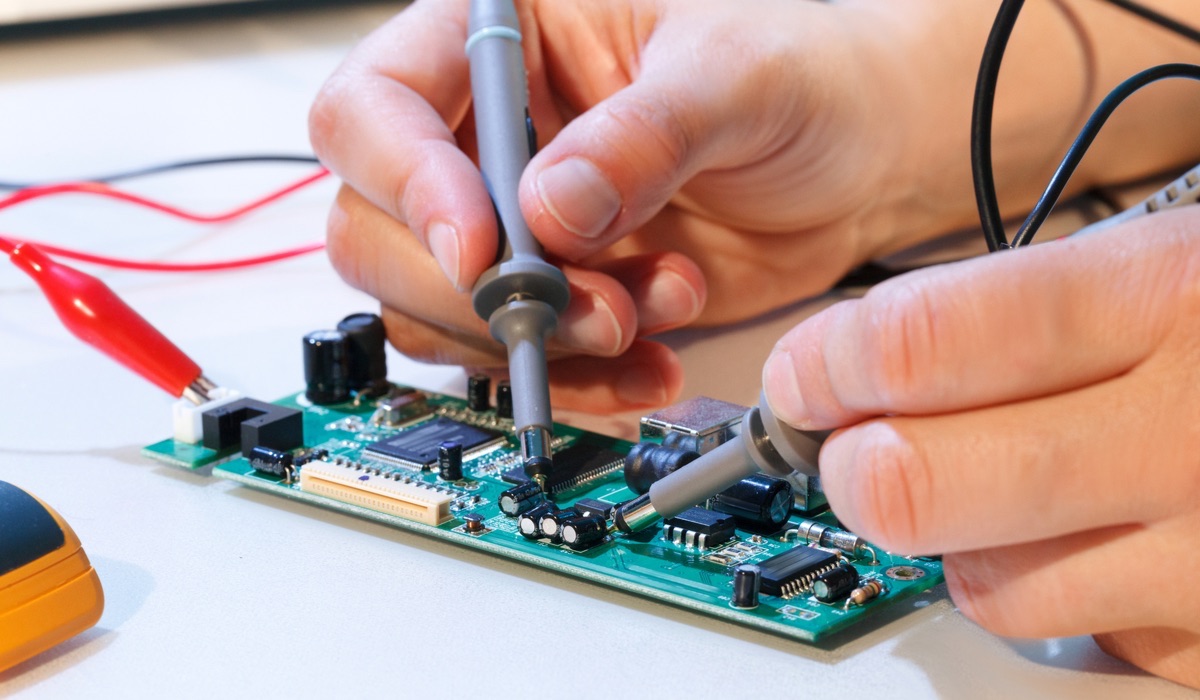
A laptop’s battery overheating that when unattended whilst charging can cause fires would be classified as a critical defect.
Where the product in question can cause injury to the end user, this results in product recalls and is hugely damaging to your brand.
A major defect – This is defined when its condition will affect the sale of the product in the marketplace, likely resulting in the end user returning it with dissatisfaction.
A coffee maker that does not heat the water adequately to make a decent, drinkable cup of coffee is classified as a major defect.
This product has caused dissatisfaction amongst its end users and they then return it to the store, likely reviewing the product online, which will have an impact on the future sales of that item.
A minor defect – This is defined when its defect is small, and will not affect its saleability in the marketplace and does not pose any harm or injury on the end user.
Take a wooden coffee table for example. Your quality control teams takes the product through its tests and they come across a scratch underneath the table.
This is a scratch that your end user will not see in normal use of the product or may never even see it for that matter. This is what we would classify as a minor defect where this product will still go to market as it will not cause any damage or harm to the end user.
But that’s not all…
What about a sample?
I have left obtaining a sample for the end…as some importers don’t require a sample before production.
While this is not a necessity, by adding this into your production procedure
it can help you significantly reduce product defects that come from your selected supplier and factory.
Once you have established the appropriate product requirements, you can then request a sample from your supplier.
Once you receive your sample you need to analyze it and ensure that it meets all of your requirements, and then send it back to your supplier with either a confirmation to go ahead with your production, or with a list of further specifications that they need to meet.
Well, what happens if it doesn’t meet your requirements?
Samples will not always meet your specified product requirements.
Often times you can catch this just by holding or looking at the product. But, more often than not a substandard product of will reach the end consumer opening your brand up to severe damage and risk.
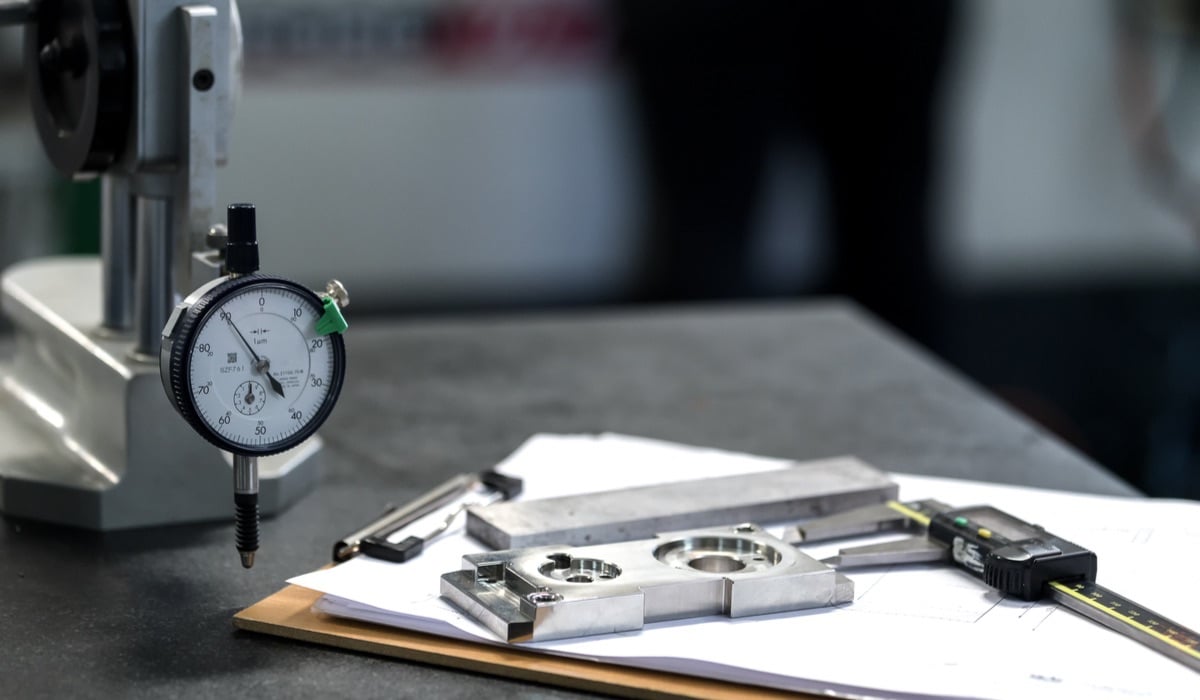
Therefore an important question you should be asking your supplier before all this is, how they will go about preventing any quality issues that may arise during your operation?
Understanding how your supplier handles quality pressures and compliance procedures will help define what kind of relationship you have with them.
Before mass production, your supplier needs to provide you with a
technical compliance folder (TCF) which must contain full compliance reports from physical safety reports, to chemical safety to electrical safety.
For any missing reports, your sample product will need to go through all of the testing procedures that is required to meet specific levels of compliance for your destination country.
If after being tested and analyzed it does not pass the minimum requirements needed for the product, your factory should be able to provide you with
a root cause analysis to address what went wrong and then advise on any corrective or preventive action plan.
From here they will be able to make the adjustments as needed and you may also want them to send you another sample after they have made the adjustments that you specified.
How to manage quality during your mass production process?
During the production process, there is often a variation in the quality of the products.
This is why you should be employing a factory quality control team to minimize this scope of variation.
This team does this through inline production checks that will identify any defects that can be amended on the production line.
During your supplier selection phase you would have done an analysis on the success rate of your factory. This will help you determine whether or not you should outsource your inline inspections to a qualified third party quality provider.
Their production line expertise will help raise the level of the overall quality system of the factory, therefore minimizing the number of product defects coming out of the factory.
You can also secure the quality of your production through final inspection controls
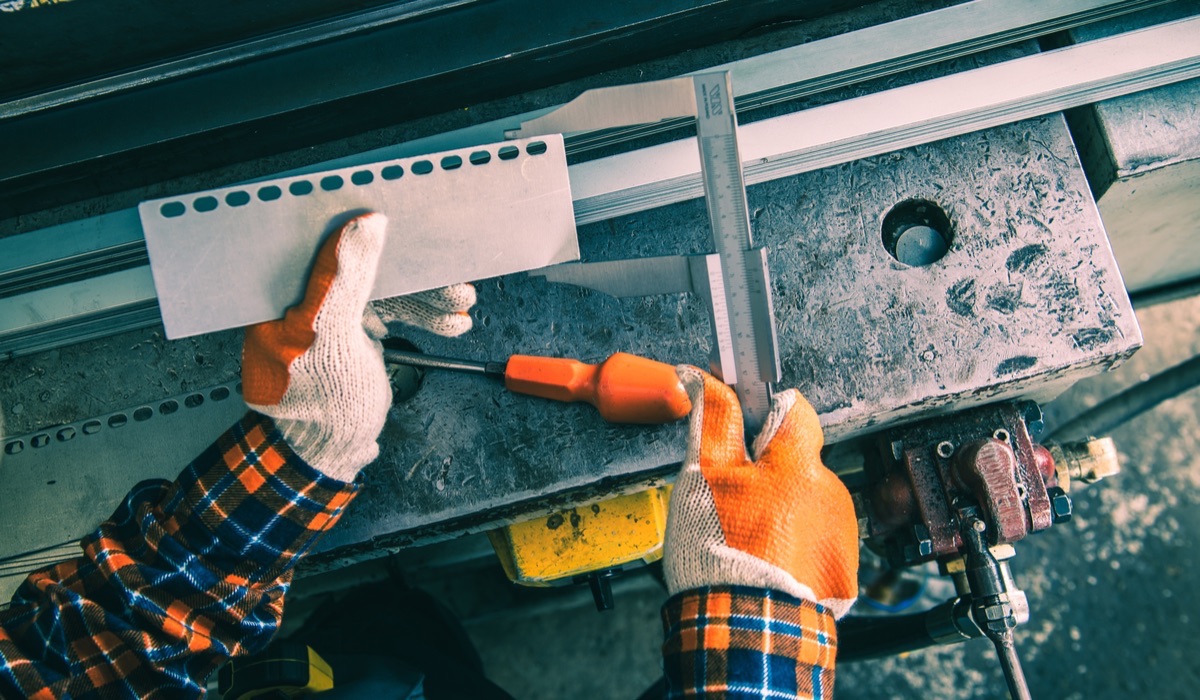
Managing product defects can also be addressed after mass production through a
Final Random Inspection to check to filter out any last defects within your products.
Often times samples are drawn after mass production for chemical testing and again during your first shipment and also in the case of a re-order shipment.
Doing chemical tests on samples during these three stages is a way of ensuring that your products are still in compliance as contamination may have occurred on the production line or during your shipment process.
Key Takeaways
Product defects are not ideal, suppliers hate them as much, if not more than you do.
By following the guide laid out above, you will be setting a solid foundation on which to begin minimizing the amount of product defects that you experience.
So let’s round this all up:
- Communicate your product requirements
- Communicate your packaging requirements
- Defining onsite tests and inline tests
- Defining your classification terminology
- Establish a perfect sample
- During production quality control process needs to be defined
- After production quality control process needs to be defined
By following the steps as laid out above you will be achieving products of the highest quality every time.
An insider’s tip!
Build a collaborative relationship with your supplier.
An often underrated element of preventing product defects is building a good collaborative relationship with your supplier. Go out of your way to develop this and it can have long term benefits for your organisation and the products that are manufactured.
IS COMPLIANCE A CHALLENGE FOR YOU?

 Let’s take a look at what Walmart did; They created what they call the Sustainability Index, which is essentially a scorecard for suppliers to be reported on from various social and environmental production factors.
Walmart has said that by the end of 2017 that 70% of its products will come from suppliers who participate through this Index, and as a benefits they will be endorsed as a sustainable partner and proud Walmart supplier.
Solutions
Supply chain compliance is an important issue to address, with many local retail brands realising that compliance needs to be a top priority to be achieved in order to achieve a globally competitive advantage in the market.
So how do we go about achieving just that?
Let’s take a look at what Walmart did; They created what they call the Sustainability Index, which is essentially a scorecard for suppliers to be reported on from various social and environmental production factors.
Walmart has said that by the end of 2017 that 70% of its products will come from suppliers who participate through this Index, and as a benefits they will be endorsed as a sustainable partner and proud Walmart supplier.
Solutions
Supply chain compliance is an important issue to address, with many local retail brands realising that compliance needs to be a top priority to be achieved in order to achieve a globally competitive advantage in the market.
So how do we go about achieving just that?
 1. Supply chain visibility – This refers to the data visibility made available within your supply chain; from where your raw materials come from, to your factory’s technical operations right through to your
1. Supply chain visibility – This refers to the data visibility made available within your supply chain; from where your raw materials come from, to your factory’s technical operations right through to your 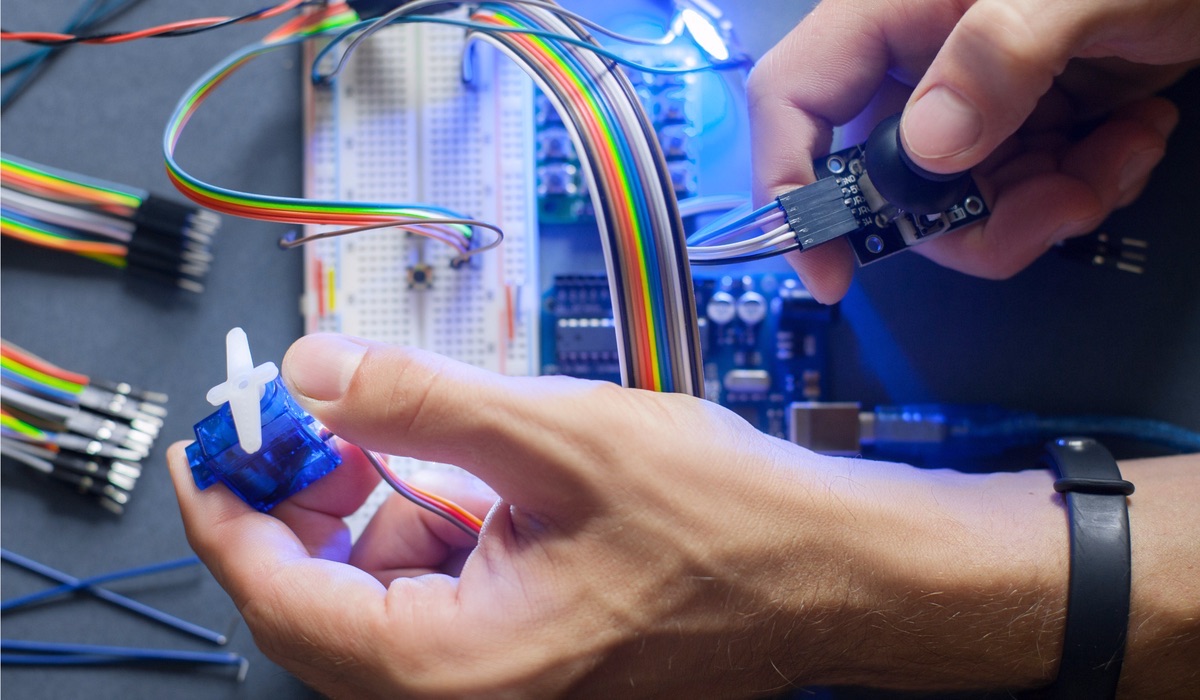 with efficient quality procedures. They are also up to date with the latest developments in the industry along with the best practices to follow. As a result, you have all the expertise and
with efficient quality procedures. They are also up to date with the latest developments in the industry along with the best practices to follow. As a result, you have all the expertise and 
 The purchasing department of any organization has many functions from procurement of raw materials all the way through to the load testing of various household goods through to policy compliance. Each of these components requires the leadership and technical skill and know-how of a quality manager to ensure the entire procedure is run effectively and according to set
The purchasing department of any organization has many functions from procurement of raw materials all the way through to the load testing of various household goods through to policy compliance. Each of these components requires the leadership and technical skill and know-how of a quality manager to ensure the entire procedure is run effectively and according to set  – Every brand strives to increase their credibility within the global market, this standard can help you maintain that competitive advantage, as suppliers who have this standard are often selected over and above those who do not.
2. Improvement of customer satisfaction – At its very core this standard is about the improvement of customer satisfaction, through thorough planning and efficient implementation where the end user is satisfied with the functionality, quality of the product to the way in which it was delivered.
3. Better process integration – By understanding and analyzing your processes you will clearly be able to find improvements that need to be made. These are based on hard that is collected to make these improvements to your procedures.
4. Improve your evidence for decision making – Evidence-based decision-making is based on hard data. Decisions can then be made based on data which can allow for proper allocation of resources and in turn having cost benefits for your brand.
5. Create a continual improvement culture – By instilling a continuous improvement cycle within your buying office, you will not only increase your outputs, but also the quality and standard of your procedures and end product, and also creating that customer satisfaction.
A Quality Management system is essential to ensuring
– Every brand strives to increase their credibility within the global market, this standard can help you maintain that competitive advantage, as suppliers who have this standard are often selected over and above those who do not.
2. Improvement of customer satisfaction – At its very core this standard is about the improvement of customer satisfaction, through thorough planning and efficient implementation where the end user is satisfied with the functionality, quality of the product to the way in which it was delivered.
3. Better process integration – By understanding and analyzing your processes you will clearly be able to find improvements that need to be made. These are based on hard that is collected to make these improvements to your procedures.
4. Improve your evidence for decision making – Evidence-based decision-making is based on hard data. Decisions can then be made based on data which can allow for proper allocation of resources and in turn having cost benefits for your brand.
5. Create a continual improvement culture – By instilling a continuous improvement cycle within your buying office, you will not only increase your outputs, but also the quality and standard of your procedures and end product, and also creating that customer satisfaction.
A Quality Management system is essential to ensuring  A social compliance audit can be difficult to attain, but is an absolute necessity for that transparent supply chain your consumers today are demanding.
A social compliance audit ensures that a factory and its practices are abiding by all local laws and that you meet all of the social obligations as set out by the guidelines of the audit, from fair wages to no instances of child labor in a factory.
In this blog post, I will outline the exact procedure of this audit, the benefits it offers to your consumer electronics brand and how you can go about conducting this audit for yourself.
So, let’s dive in…
A social compliance audit can be difficult to attain, but is an absolute necessity for that transparent supply chain your consumers today are demanding.
A social compliance audit ensures that a factory and its practices are abiding by all local laws and that you meet all of the social obligations as set out by the guidelines of the audit, from fair wages to no instances of child labor in a factory.
In this blog post, I will outline the exact procedure of this audit, the benefits it offers to your consumer electronics brand and how you can go about conducting this audit for yourself.
So, let’s dive in…
 Document reviews – Auditors will check all the documentation of the supplier to determine the presence of any possible child labour, an all too common violation within the consumer electronics industry. They also assess whether there are any violations of extended working hours and wages. They will also look into what types of social insurance are available to workers and review any fire and safety documentation, which will help to determine whether or not any safety precautions or plans are in place. They will also inspect whether or not there is any environmental monitoring being done and, if so, how it is conducted.
Employee interviews – The auditors conduct interviews with the factory in question staff, where they ask them about their working hours, overtime, and about their holiday/leave time. Auditors also like to cross check these statements by interviewing factory management to ensure there are no discrepancies. This helps to clarify whether there are any instances of abuse or misconduct between staff and management. In the case of a re-audit these interviews will then be conducted again to ensure improvement plans are being implemented properly.
Closing meeting with audit status – This meeting reveals the audit results of your CE factory and also makes suggestion for improvements. If you use
Document reviews – Auditors will check all the documentation of the supplier to determine the presence of any possible child labour, an all too common violation within the consumer electronics industry. They also assess whether there are any violations of extended working hours and wages. They will also look into what types of social insurance are available to workers and review any fire and safety documentation, which will help to determine whether or not any safety precautions or plans are in place. They will also inspect whether or not there is any environmental monitoring being done and, if so, how it is conducted.
Employee interviews – The auditors conduct interviews with the factory in question staff, where they ask them about their working hours, overtime, and about their holiday/leave time. Auditors also like to cross check these statements by interviewing factory management to ensure there are no discrepancies. This helps to clarify whether there are any instances of abuse or misconduct between staff and management. In the case of a re-audit these interviews will then be conducted again to ensure improvement plans are being implemented properly.
Closing meeting with audit status – This meeting reveals the audit results of your CE factory and also makes suggestion for improvements. If you use 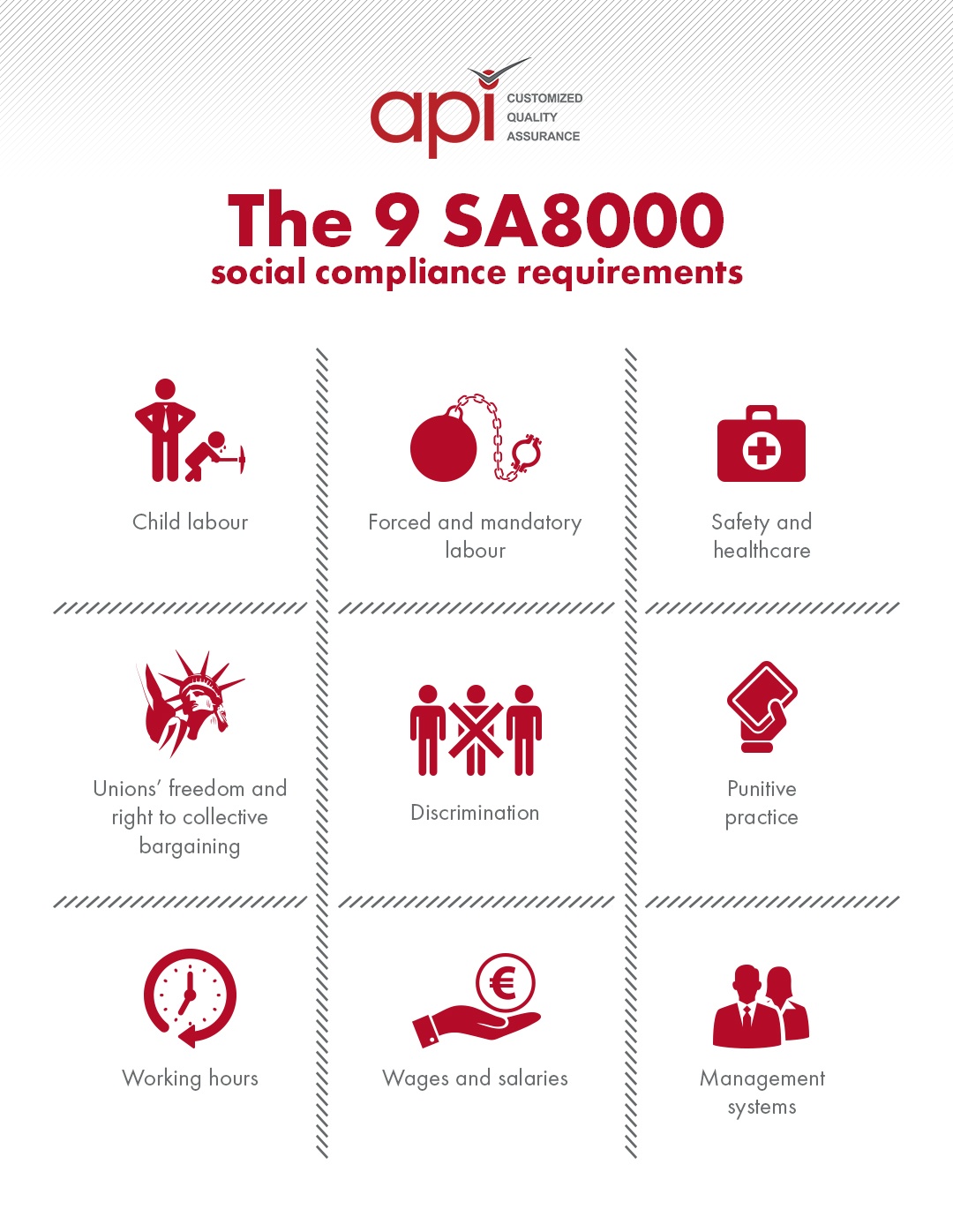 In understanding the ethical compliance standards as laid out above, you are able to make informed decisions about the suppliers you choose to use in the manufacturing of your electrical products.
In understanding the ethical compliance standards as laid out above, you are able to make informed decisions about the suppliers you choose to use in the manufacturing of your electrical products.

 On 23rd December 2014, the Consumer Product Safety Commission (CPSC) announced the recall of over 7 million coffee machines.Between 2010-2014, there were over 200 complaints of boiling water spraying out of the machine and approximately 90 burn injuries reported.It has been recently announced that Keurig has
On 23rd December 2014, the Consumer Product Safety Commission (CPSC) announced the recall of over 7 million coffee machines.Between 2010-2014, there were over 200 complaints of boiling water spraying out of the machine and approximately 90 burn injuries reported.It has been recently announced that Keurig has  In fact, the inventor today does not get a dime out of the sales of this popular children’s toy, as she was told her idea was not good enough and wouldn’t sell. Needless to say, millions of these toys are sold the world over.
But, she could count that as somewhat of a blessing…
Recently, over
In fact, the inventor today does not get a dime out of the sales of this popular children’s toy, as she was told her idea was not good enough and wouldn’t sell. Needless to say, millions of these toys are sold the world over.
But, she could count that as somewhat of a blessing…
Recently, over  It turns out that
It turns out that  Many organizations do not have the extensive geographical networks that larger retailers have.
Therefore your internal staff ends up spending a lot of time traveling for quality control inspections, with not enough time spent focusing on the quality of a product. This often slows down production processes, with a longer eventual time to market.
If we take the Fidget Spinner example into consideration, what is the likelihood of your in-house team being aware of that noncompliance before it hit the market.
Think about it.
An occurrence such as the above puts your brand at an unnecessary risk, with the potential for bad publicity and a major loss in sales.
Can your organization afford this?
Many organizations do not have the extensive geographical networks that larger retailers have.
Therefore your internal staff ends up spending a lot of time traveling for quality control inspections, with not enough time spent focusing on the quality of a product. This often slows down production processes, with a longer eventual time to market.
If we take the Fidget Spinner example into consideration, what is the likelihood of your in-house team being aware of that noncompliance before it hit the market.
Think about it.
An occurrence such as the above puts your brand at an unnecessary risk, with the potential for bad publicity and a major loss in sales.
Can your organization afford this?
 Some testing equipment may be unique to a specific product or if there is an update in testing procedures to be inclusive of recent changes in regulation.
Often external providers are able to provide technical solutions based on the above specifications, along with teams that are well versed in new testing procedures.
External providers will often send their inspectors on training to familiarize themselves with new equipment and testing procedures to ensure a high quality service is offered with a minimum product recall rate.
For third party quality providers it is a priority to be up to date with the latest trends and developments in your industry along with the best practices that you should be following.
This kind of knowledge and expertise can be leveraged to your competitive advantage.
Some testing equipment may be unique to a specific product or if there is an update in testing procedures to be inclusive of recent changes in regulation.
Often external providers are able to provide technical solutions based on the above specifications, along with teams that are well versed in new testing procedures.
External providers will often send their inspectors on training to familiarize themselves with new equipment and testing procedures to ensure a high quality service is offered with a minimum product recall rate.
For third party quality providers it is a priority to be up to date with the latest trends and developments in your industry along with the best practices that you should be following.
This kind of knowledge and expertise can be leveraged to your competitive advantage.
 your product.
Add all of this together, and you begin to see higher profit margins and the ability in which you can meet your products supply and demand will also have grown, creating that desired competitive advantage.
Let’s take a brief look at the Technical Compliance File solution;
This is a compliance solution that allows you reliable and accurate insights into your compliance processes.
It is offered through a web-based platform and is a
your product.
Add all of this together, and you begin to see higher profit margins and the ability in which you can meet your products supply and demand will also have grown, creating that desired competitive advantage.
Let’s take a brief look at the Technical Compliance File solution;
This is a compliance solution that allows you reliable and accurate insights into your compliance processes.
It is offered through a web-based platform and is a 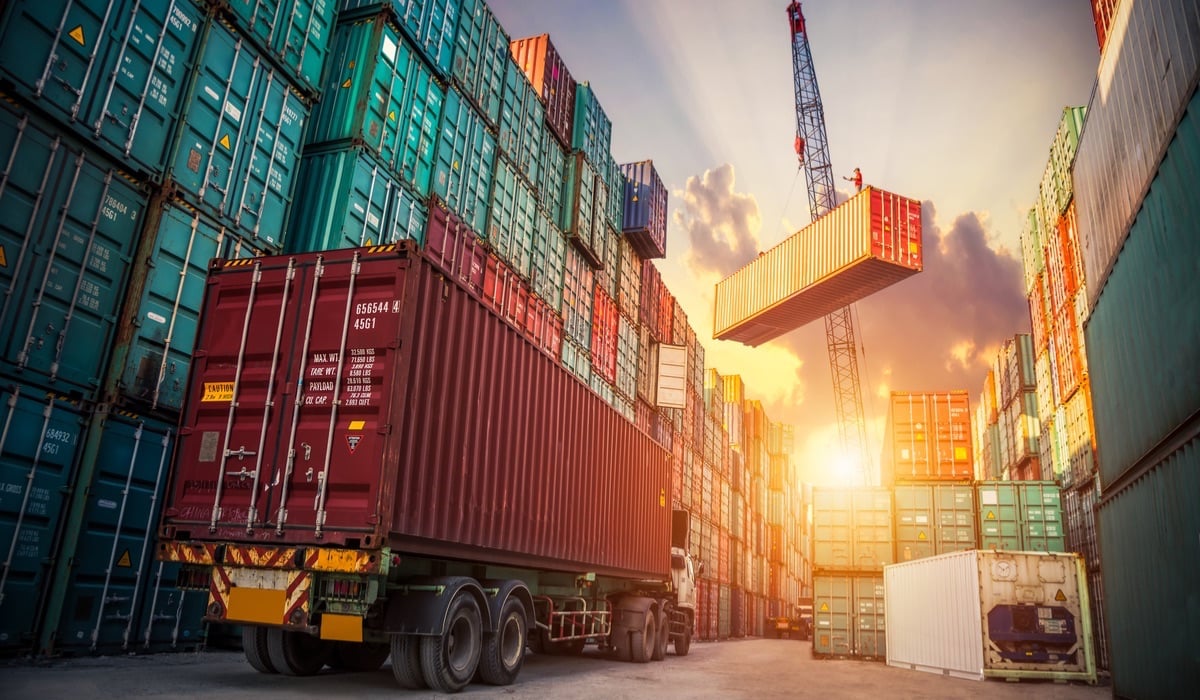 Inspection reports are essential in getting shipments released from customs. It will be up to the retailer alongside your quality provider to set up a report rating guideline.
This report rating guideline forms a baseline of automation which reduces the amount of manual changes after the reports review. The manual reviewing of these reports slow down the auto shipment processes immensely and this entire process becomes less meaningful.
An external quality provider will be able to provide you with industry knowledge and best practices relating to rating reports. You will also be able customize your rating reports according to your product needs.
Once this report rating has been created, your quality provider can utilize their technical systems to send daily reports to both the client and your chosen cargo company. This creates a much clearer and faster release process for both you and the cargo company.
The mountain of paperwork from import licenses to full inspection reports, they have it down to a tee, enabling a streamlined, efficient process for your organization.
Inspection reports are essential in getting shipments released from customs. It will be up to the retailer alongside your quality provider to set up a report rating guideline.
This report rating guideline forms a baseline of automation which reduces the amount of manual changes after the reports review. The manual reviewing of these reports slow down the auto shipment processes immensely and this entire process becomes less meaningful.
An external quality provider will be able to provide you with industry knowledge and best practices relating to rating reports. You will also be able customize your rating reports according to your product needs.
Once this report rating has been created, your quality provider can utilize their technical systems to send daily reports to both the client and your chosen cargo company. This creates a much clearer and faster release process for both you and the cargo company.
The mountain of paperwork from import licenses to full inspection reports, they have it down to a tee, enabling a streamlined, efficient process for your organization.
 Traditionally an inhouse team often releases inspection reports as and when they receive them causing major delays, this is often due to in-house QC teams needing to travel extensively, which means they don’t have enough time to make the approvals that are needed for the shipments to be released in a timely manner.
Not to sound repetitive, but to have an in-house team that has the capacity to manage the logistics involved with shipping would be a dream, no doubt, but getting through customs safely stems from being efficient in all the other points I’ve made above.
In-house teams without the right amount of time, resources and technical expertise will struggle to cope with issues that could have otherwise been prevented.
So here’s the deal…
Managing quality is a complex system that needs 100% of your attention and focus.
Are you able to dedicate that kind of time and resource to ensuring just that?
This is a question that many often do not want to answer, but the reality is that you often cannot afford the time and resource that goes into creating fully optimized quality systems that can produce high-quality products for your brand and on time.
So, what then?
It might be worth considering hiring an external third party quality provider that can give you the time and resources that you need to streamline your supply chain operations.
A third party quality provider is able to provide you with;
* The latest in product regulation
* Technical expertise
* They have the appropriate technology to streamline your operations
* They have the know how on how to navigate the waters of international logistics for your brand.
This will give you room to begin focusing on what you are good at; producing those high-quality products and creating a level of trust with your consumer that is globally competitive.
Have experienced working with third party quality inspection services?
Traditionally an inhouse team often releases inspection reports as and when they receive them causing major delays, this is often due to in-house QC teams needing to travel extensively, which means they don’t have enough time to make the approvals that are needed for the shipments to be released in a timely manner.
Not to sound repetitive, but to have an in-house team that has the capacity to manage the logistics involved with shipping would be a dream, no doubt, but getting through customs safely stems from being efficient in all the other points I’ve made above.
In-house teams without the right amount of time, resources and technical expertise will struggle to cope with issues that could have otherwise been prevented.
So here’s the deal…
Managing quality is a complex system that needs 100% of your attention and focus.
Are you able to dedicate that kind of time and resource to ensuring just that?
This is a question that many often do not want to answer, but the reality is that you often cannot afford the time and resource that goes into creating fully optimized quality systems that can produce high-quality products for your brand and on time.
So, what then?
It might be worth considering hiring an external third party quality provider that can give you the time and resources that you need to streamline your supply chain operations.
A third party quality provider is able to provide you with;
* The latest in product regulation
* Technical expertise
* They have the appropriate technology to streamline your operations
* They have the know how on how to navigate the waters of international logistics for your brand.
This will give you room to begin focusing on what you are good at; producing those high-quality products and creating a level of trust with your consumer that is globally competitive.
Have experienced working with third party quality inspection services?  Product specification can look anything like your products dimensions, the volume, it’s weight, the color and any specific labeling that it may need to meet regulation.
In your specifications you need to ensure that you are as specific as you can possibly be, from specific color palettes to the maximum weight of an electric blender. The more specific you are, the easier it will be for your supplier to meet your specifications.
These specifications will also provide your supplier’s quality control team with a standard/guide to monitor the production of the item appropriately.
This is where the
Product specification can look anything like your products dimensions, the volume, it’s weight, the color and any specific labeling that it may need to meet regulation.
In your specifications you need to ensure that you are as specific as you can possibly be, from specific color palettes to the maximum weight of an electric blender. The more specific you are, the easier it will be for your supplier to meet your specifications.
These specifications will also provide your supplier’s quality control team with a standard/guide to monitor the production of the item appropriately.
This is where the 
 A laptop’s battery overheating that when unattended whilst charging can cause fires would be classified as a critical defect.
A laptop’s battery overheating that when unattended whilst charging can cause fires would be classified as a critical defect.
 Therefore an important question you should be asking your supplier before all this is, how they will go about preventing any quality issues that may arise during your operation?
Understanding how your supplier handles quality pressures and compliance procedures will help define what kind of relationship you have with them.
Before mass production, your supplier needs to provide you with a
Therefore an important question you should be asking your supplier before all this is, how they will go about preventing any quality issues that may arise during your operation?
Understanding how your supplier handles quality pressures and compliance procedures will help define what kind of relationship you have with them.
Before mass production, your supplier needs to provide you with a  Managing product defects can also be addressed after mass production through a
Managing product defects can also be addressed after mass production through a .jpg)
 is also a dedicated IT team to ensuring the safety of the software and only API employees are allowed to make modifications to the platform.
is also a dedicated IT team to ensuring the safety of the software and only API employees are allowed to make modifications to the platform.

